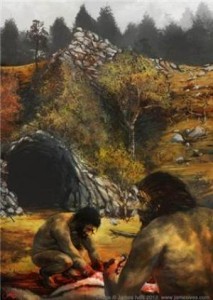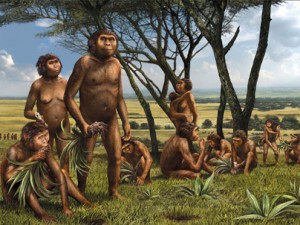 Sharklab ’14: Why Sharks Matter
Sharklab ’14: Why Sharks Matter
What’s happening?
Scientists study many things, from the smallest cell to the farthest galaxies. And somewhere in between is the study of one of our greatest predators – the shark. Many scientists, like marine explorer and Science Festival guest Ryan Johnson, study great white sharks in an effort to understand them better. He also spends a lot of time talking to people and making documentaries about sharks and to teach us how important they are.
We want the next generation of science story tellers: the challenge is to show people why it’s important to learn about sharks, and to tell that story in an exciting and creative new way.
You are in charge, so how you tell the story is up to you.
What’s up for grabs
We’ll get you geared up for more outdoor fun: The winners of each category will take home a brand new GoPro outdoor camera kit valued at $800!
How much time do I have?
The competition runs from April 7th until midnight on June 22nd, 2014.






 Struggling to get your head around role of polyploidy in speciation, adaptive radiation and such like?
Struggling to get your head around role of polyploidy in speciation, adaptive radiation and such like? This achievement standard
This achievement standard 


Recent Comments